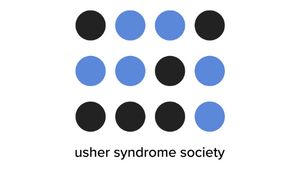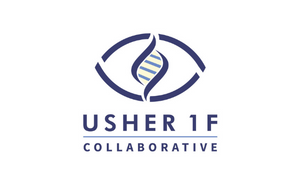
Blog Post 2 of 4: Gene Therapy Series
Some inherited eye diseases, like Usher syndrome and retinitis pigmentosa, cause vision loss over time. Last week, we talked about how gene therapies can help photoreceptor cells make important proteins again. However, for these treatments to work, we need to get the gene therapy to the right place in the eye. How is this done?
First, let’s take a closer look at the retina. The retina is the part of the eye that senses light. It has special cells called photoreceptors that help us see. These cells sit between two important layers:
- Retinal pigment epithelium (RPE), which keeps the retina healthy.
- Retinal neurons, which turn light into electrical signals for the brain so we can see.
There are two main ways to get gene therapies into the retina:
Subretinal injection:
- This method would usually be done in an operating room.
- The patient is given anesthesia (either local, which numbs only the eye, or general, which puts the patient to sleep.)
- The gene therapy is injected between the photoreceptors and RPE cells (shown in green in the diagram)
- This method gets the therapy to the target cells, the photoreceptors.
Intravitreal injection:
- This method can be done in a doctor's office.
- The patient is given local anesthesia - only the eye is numbed using drops or gel.
- The gene therapy is injected into the vitreous (the gel in the middle of the eye).
- This method is easier to perform than subretinal, but it may not work as well because the therapy is not injected near the photoreceptors.
Next in series: Gene Therapies: How Do We Get These Treatments into the Right Cells?







